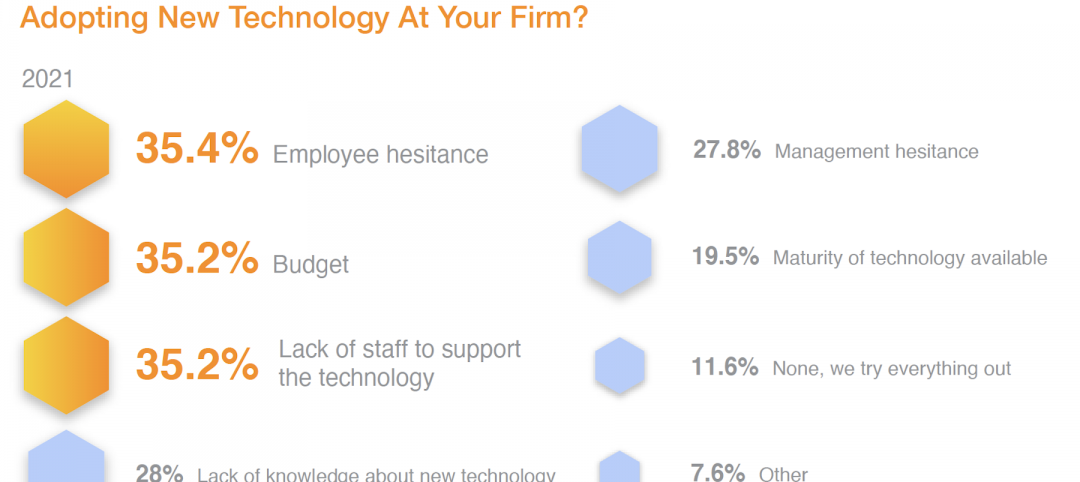A key component in strengthening cities and preparing them for stronger urban futures is ensuring our civic and political leaders fully understand their facility assets. Cities own scores of buildings and need to collect and leverage data as they plan, build and make decisions amidst complex economic, social, and political factors.
Over the past few years, the city of Buffalo has developed a cutting-edge facility management program to ensure it is utilizing its facilities and operations as efficiently, effectively and sustainably as possible.
Given the challenges facing Buffalo—dated processes, aging buildings and infrastructures, and building deficiencies—are challenges facing many North American cities, here are some key steps other civic leaders should be taking to maximize their facility resources.
ASSESS
Facility Condition Assessments (FCA) are the first step every city should take in rethinking their facility management efforts. It is imperative civic leaders understand the state of these facilities, current-use metrics and the funding requirements for repairing buildings and/or keeping them up to code. The city of Buffalo hired a team of professionals to execute assessments for more than 4 million sf of city-owned facilities including fire, police, cultural and sports buildings.
“The data derived from this series of assessments gives the city the information needed to ensure funding is spent accurately and strategically, said Steve Stepniak, city of Buffalo Commissioner of Public Works.
AUTOMATE
A critical step in launching a modern facility management program is automating systems. Cities lacking automated work orders and all-CAD drawings with no automated process for planning and programming must evolve.
Cities should invest in the creation of AutoCAD floor plans and document management systems to issue and retrieve drawings via a web platform. Additionally, the City of Buffalo created a computerized maintenance management system to track system repairs and costs and provide budget numbers to justified requests, custom reports and enhanced interface options.
PLAN
Every city and municipality in the country is currently engaged in planning for the short and long-term. This planning is vital and cities need to ensure their maximizing these efforts by leveraging the data collected during the assessment phase.
The city of Buffalo is leveraging its data through a more informed planning model. The city created a new budgeting tool to establish the funding requirements to maintain or improve the Facility Condition Index (FCI) of all buildings and also implemented a new programming process that allows the division of buildings to focus recapitalization on operational priority buildings and critical systems. Buffalo’s investment in these resources strengthens their planning efforts moving forward.
IMPLEMENT
Once data is collected and the plans made, civic leaders need to turn their ideas into action. It becomes much easier to convince others of the value of key facility decisions when they are supported by data. Those with opposing views can argue the merits of ideas, but it’s nearly impossible to dispute facts revealing cost savings and efficiencies gained.
The city of Buffalo is already well into the implementation of the plans and realizing significant value. The lessons and best practices learned through the City of Buffalo’s experience can be leveraged across all cities and help leaders make valuable, strategic decisions moving forward.
“That what the city of Buffalo now has – a basis for decision making. The data derived from these assessments inform us about the condition of each facility and the related costs,” added Stepniak. “Now, we can make the decision that best achieves current and long-term objectives.”
About the Author
Joseph Cassata is the leader of CannonDesign’s Facility Optimization Solutions team, focused on helping cities and organizations manage their facilities and resources more efficiently, effectively and sustainably. www.CannnonDesign.com/FOS
Related Stories
BAS and Security | Oct 19, 2022
The biggest cybersecurity threats in commercial real estate, and how to mitigate them
Coleman Wolf, Senior Security Systems Consultant with global engineering firm ESD, outlines the top-three cybersecurity threats to commercial and institutional building owners and property managers, and offers advice on how to deter and defend against hackers.
Sponsored | BIM and Information Technology | Jul 19, 2022
Why Autodesk Tandem is the best fit for your projects
Sponsored | Digital Twin | Jun 24, 2022
Pave the way for better business relationships with digital twins
Smart Buildings | Jun 1, 2022
Taking full advantage of smart building technology
Drew Deatherage of Crux Solutions discusses where owners and AEC firms could do better at optimizing smart technology in building design and operations.
AEC Tech | Apr 19, 2022
VDC maturity and the key to driving better, more predictable outcomes
While more stakeholders across the AEC value chain embrace the concept of virtual design and construction, what is driving the vastly different results that organizations achieve? The answer lies within an assessment of VDC maturity.
BIM and Information Technology | Mar 16, 2022
Construction still lags other industries in use of technology
JBKnowledge’s latest ConTech report asserts that while contractors have made some gains, too many don’t view IT as a priority, to their detriment.
AEC Tech | Dec 16, 2021
Autodesk to Acquire Cloud Based Estimating Company ProEst
Autodesk, Inc. is acquiring ProEst, a cloud-based estimating solution that enables construction teams to create estimates, perform digital takeoffs, generate detailed reports and proposals and manage bid-day processes. Autodesk plans to integrate ProEst with Autodesk Construction Cloud, a comprehensive construction management platform connecting teams, data and workflows across the entire building lifecycle.
Sponsored | BD+C University Course | Oct 15, 2021
7 game-changing trends in structural engineering
Here are seven key areas where innovation in structural engineering is driving evolution.
AEC Tech Innovation | Oct 7, 2021
How tech informs design: A conversation with Mancini's Christian Giordano
Mancini's growth strategy includes developing tech tools that help clients appreciate its work.
















